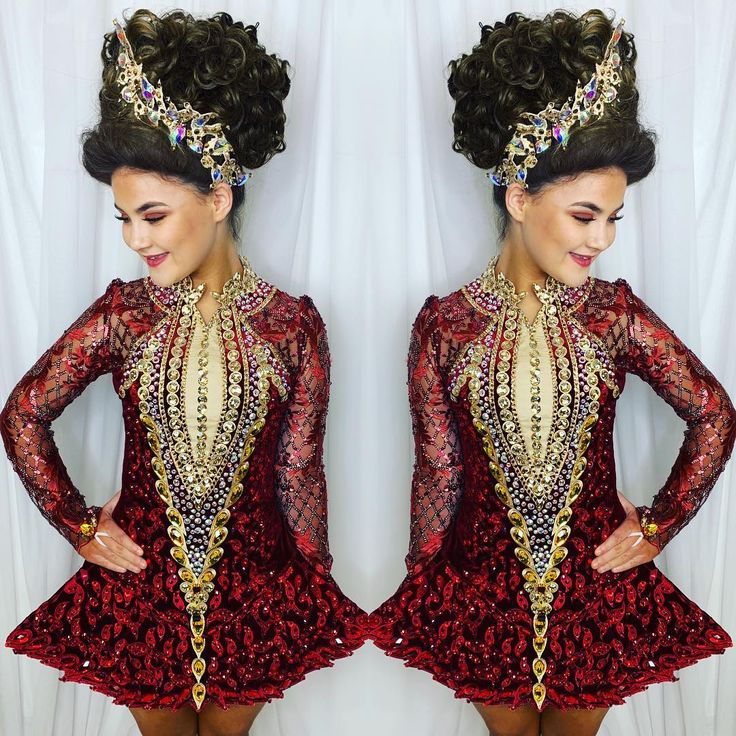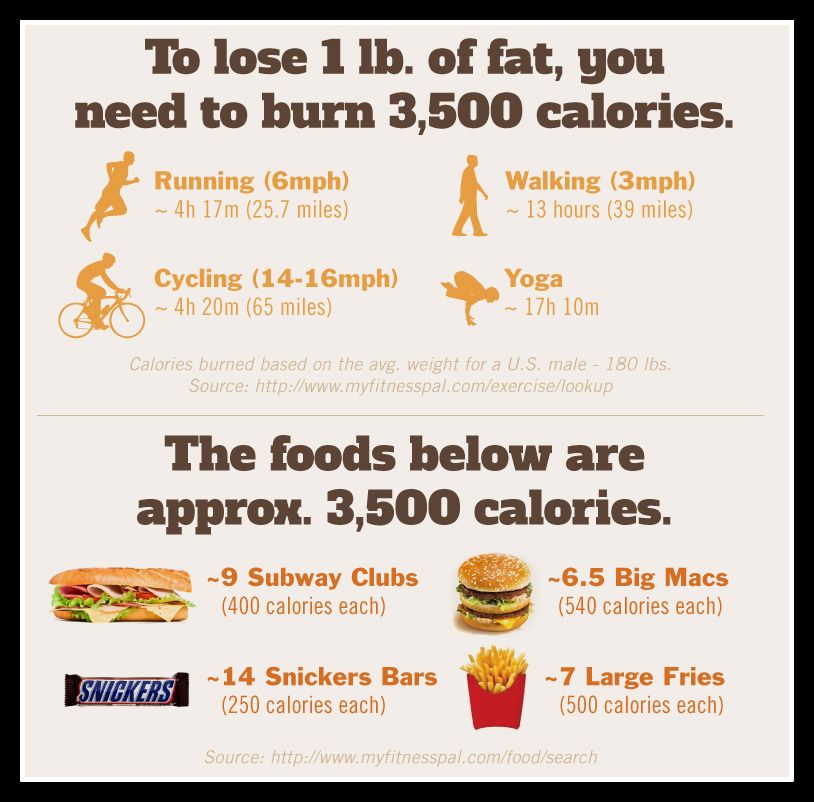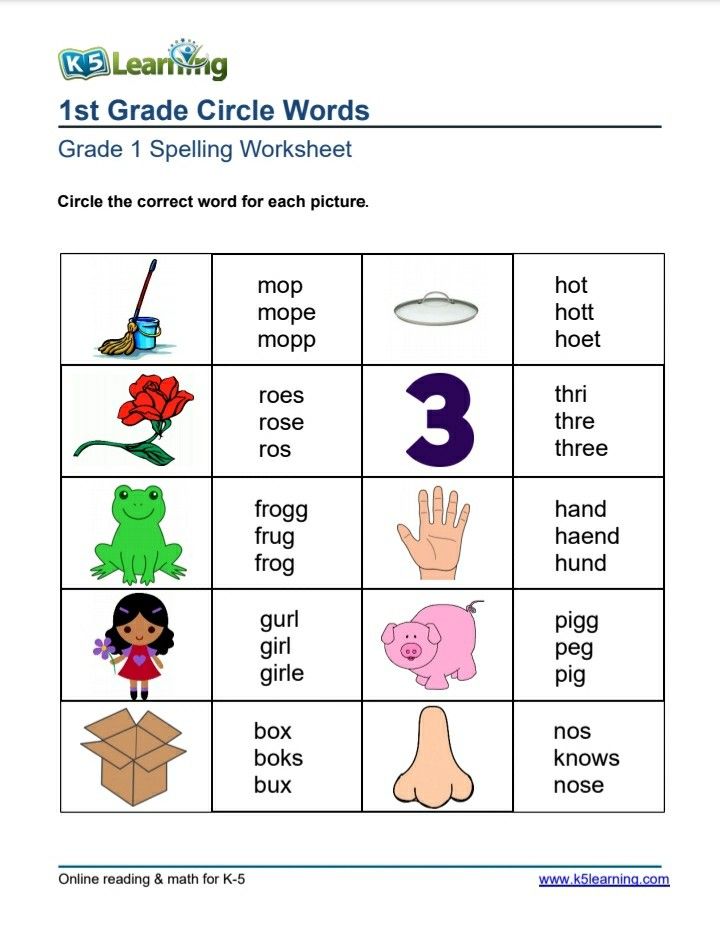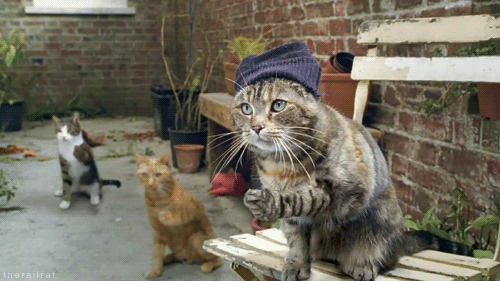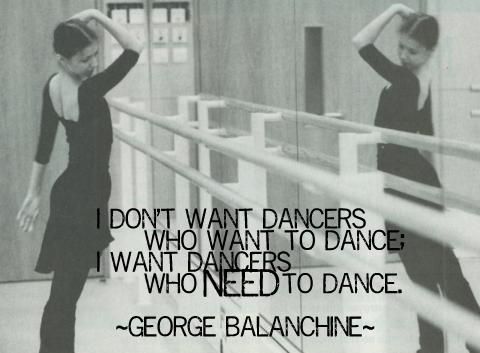How to start a dance battle
the rules of street dance competitions
© Little Shao/Red Bull Content Pool
Street dance battles follow their own rules, and sometimes they’re not that easy to understand. Here's a basic rundown to help you follow and understand all the elements of a competition battle.
By Emmanuel Adelekun
8 min readPublished on
These are the basics for competitions
O'trip House doing a routine
© Little Shao/Red Bull Content Pool
Most competitions are straight knockout battles. Some involve two individual dancers competing against each other in one-on-one battles, but you also have competitions where teams of dancers, known as crews, compete against each other. These crews can be anything from two dancers in each crew, up to eight or ten dancers, and sometimes more.
In crew battles dance routines involving anything from two members to the whole crew, are usually allowed to be performed when it is that crew's round. The other crew do not have to do a routine in response if they don't want to, it is completely up to each crew to decide what they do in each round unless the competition's specific rules say otherwise.
Individuals, or crews, dance one at a time in the middle of the dance floor. There is a chosen number of times each dancer, or crew, gets to dance, called rounds.
Dancers go back and forth, doing their rounds, until they have finished and then the chosen panel of judges individually decide who they believe won the battle by pointing at their personally chosen winner, or holding up a card with their winner's name on it.
Check out an example in the clip below:
6 min
Shigekix vs Alkolil – final battle
B-Boys Shigekix and Alkolil battle each other for the Red Bull BC One World Final 2020 title.
Shigekix
The winner of the battle goes on to the next round and the loser is knocked out of the competition.
This goes on until there are two dancers, or two crews, left, at which point there is a final battle and an overall winner of the event is chosen.
Logistx is the Red Bull BC One B-Girl champion of 2021
© Romina Amato / Red Bull Content Pool
How many competitors are in a competition?
The average number of dancers picked to battle in a competition is usually 16 individual dancers or eight to 16 crews, competing in one chosen style, or in a mixed styles battle. But there can be anything from four to 32 dancers, or crews, competing in the main battle.
To compete in the main battle the dancers must first be picked from a qualification, in which they earn the right to compete in the main event by being picked by the judges. There can be anything from 30 up to 500 dancers entering a qualification, which is usually done in five different ways:
A Showcase Round: This is where the dancers are called up to perform, one by one, in front of the judges.
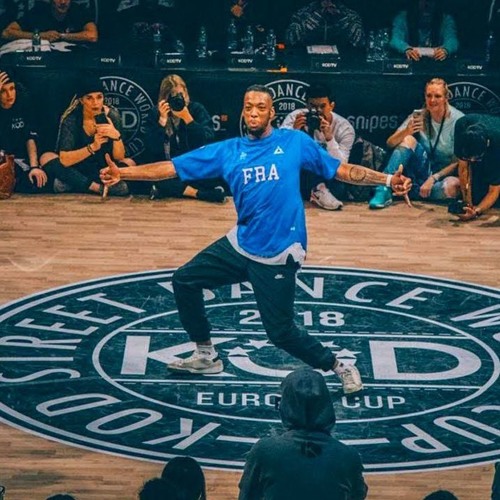 Their performance is scored and when everyone has been seen by the judges, they then pick the dancers with the highest scores to compete in the main competition.
Their performance is scored and when everyone has been seen by the judges, they then pick the dancers with the highest scores to compete in the main competition.Showcase Battles: In this dancers, or crews, compete against each other in showcase battles that usually are only one round each, or have a time limit if it's crews. No winner is picked from the battle, the dancers are simply scored by the judges on their performance in the battle and the judges pick the highest scoring dancers, or crews, to compete in the main competition.
Cypher Qualification: A Cypher is the term used when dancers gather in a circle and, one-by-one, dance inside that circle. Some competitions use this to determine who will be picked for the main competition. When this happens the DJ will usually play music for anything from 30 minutes up to an hour and a half. Dancers usually are given a sticker with a number on it and then form their cyphers and simply dance as much as they want.
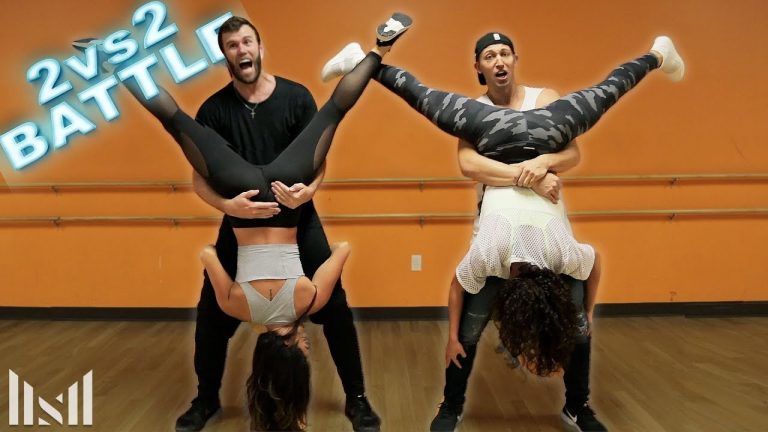 The judges go from circle to circle watching the dancers and writing down the numbers of the ones who impress them the most. Once the time limit is up the judges get together and find out which numbers they all wrote down and these are the ones picked to battle in the main competition.
The judges go from circle to circle watching the dancers and writing down the numbers of the ones who impress them the most. Once the time limit is up the judges get together and find out which numbers they all wrote down and these are the ones picked to battle in the main competition.Being a winner of a previous Qualification Battle: This is when the dancers chosen to compete in the main competition are winners of another competition, in which they won the right to then compete at this later one.
By Invitation: The fifth and last one is through simple Invitation. This is when a dancer has earned a well known reputation through doing well at, and winning, various competitions locally or internationally, and so are then invited by an event promoter to come and compete at their competition.
Who are the judges and what is their job?
Judges are usually well-known, respected dancers who have earned their place on the panel through years of competing and winning, or from being known for their historical contribution to the dance scene.
Competitions always have an odd number of judges to avoid ties, and usually are a panel of three or five individuals.
Each judge usually only has one vote in each battle and the winner of a battle is the dancer who gets the most votes.
The judges point at the winner
© Gianfranco Tripodo/Red Bull Content Pool
Sometimes there ends up being a tied decision, which usually happens in two ways:
Judges themselves are allowed to use their individual vote as a tie if they believe the battle is drawn. This can result in the battle itself being a tie if all the judges vote a tie.
If one judge votes a tie and then the other judges evenly vote separate ways.
If this happens the competing dancers, or crews, will then have to battle one more round for the judges to then vote on again. If there is another tie then the dancers do another round, and will continue to do this until the judges come to a decision that isn't a tie.
But, if all the judges, apart from one, vote a tie, then the dancer who gets that one vote is the winner.
What are the judges looking for to determine the winner?
To make their decision, judges usually all have a general criteria which consists of about eight elements that they all look at. In no particular order, these are...
Musicality
How well a breaker connects with and expresses the music through their dance.
Foundation
Showcasing mastery of the basics top rock and footwork steps, go downs, transitions, freezes and power moves.
Character
How well a breaker expresses their personality through their dance.
Difficulty of movement
The level of dynamic movement a breaker possesses and showcases.
Style
If a breaker showcases a way of moving that’s unique to them.
Execution
Performing moves in a clean and secure way, without messing up.
Composition of round
Telling a story with your round, having a beginning, middle and end that makes sense and flows.
Originality
Coming up with fresh variations on existing moves, or completely new, and creative moves, and ways of moving that the judges haven't seen before.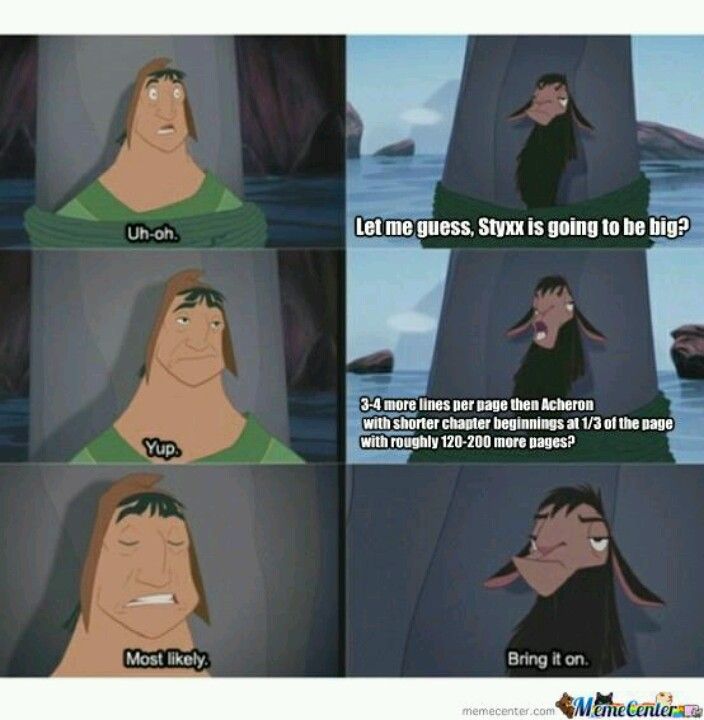
When the battle is a straight one-on-one knockout competition, judges will take the whole criteria into account, with each judge deciding for themselves which elements carry more weight than others. But when a battle follows a different concept or format, certain elements of the criteria can then become more important than others and change how a judge judges a competition.
Here's a list of four different competition formats and what criteria elements might carry more weight in the judge's decision for each one:
Qualification/Showcase/Prelim Rounds: Judges can only pick a small number of qualifying breakers in these and they have to be strict in their scoring to make their selection, and so 'execution' becomes one of the biggest elements in their criteria. Any mess-ups or crashes from breakers failing badly to execute their moves makes it a lot easier for a judge to narrow down their picks, and score that breaker low. Character also plays a big role here, as does 'difficulty of movement'.

Cypher king/queen competitions: Style, character, and 'musicality' usually are the more valued elements on a judge's criteria, for a cypher competition, which take place in the circles that breakers form and, one-by-one, dance inside. Breakers will usually be given a sticker to wear with a number. Judges will then spend the time watching the cyphers and writing down the numbers of the breakers who impress them the most. (Sometimes the judges are unknown and could be one of the breakers in the cyphers.) Once the time limit is up the judges then get together, decide who impressed all of them the most and then that person is crowned the cypher king or queen.
Crew battles: Those who are judging a crew battle are usually called upon to grade multiple numbers of rounds from each side; this could be as few as the rounds each in a three-on-three battle, or up to as many as 16 rounds per crew if it's a full eight-on-eight crew battle with somewhere in the region of a 15-minute time limit.
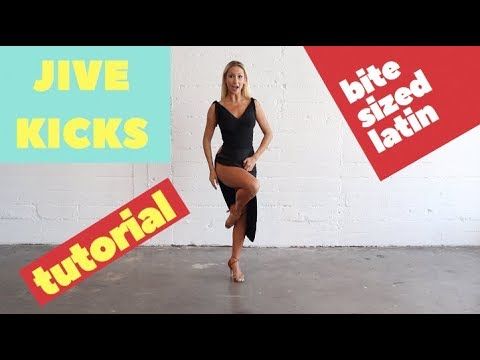 The unique thing about a crew battle is that it gives a chance for each side to showcase every element in a judge's criteria by strategically sending out breakers who are strong in particular criteria elements. This means that a good crew can dedicate the order of the criteria the judges use with the strategy with which they send out their team members.
The unique thing about a crew battle is that it gives a chance for each side to showcase every element in a judge's criteria by strategically sending out breakers who are strong in particular criteria elements. This means that a good crew can dedicate the order of the criteria the judges use with the strategy with which they send out their team members.
Final
Watch as crews showcase their skills at the 30th anniversary of Battle of the Year in Montpellier, France.
The exception: crowd-judged battles
Some events, like Red Bull Dance Your Style, are judged by the audience, who might not understand the technicalities of dancing but are fans who come to enjoy the competition. When crowds are judging, usually the highest things on the criteria becomes difficulty of movement and character. If a breaker can drive a crowd crazy by doing spectacular, unbelievable, high-level moves, the crowd are usually more likely to vote for that dancer. Musicality is also big here but usually has to be executed to a very high level for an audience of fans to really understand and see. A crowd isn't usually too concerned with execution, foundation, or how a round is put together. They usually want to be wowed with moves and drawn in by a dancer's character.
Musicality is also big here but usually has to be executed to a very high level for an audience of fans to really understand and see. A crowd isn't usually too concerned with execution, foundation, or how a round is put together. They usually want to be wowed with moves and drawn in by a dancer's character.
Crowd voting at Dance Your Style
© Alex Grymanis/Red Bull Content Pool
What You Should Know Before Going To A Freestyle Jam
You’ve seen You Got Served. You know the hype we’re talking about. Two people goin’ at it on the dance floor, constantly trying to one-up the other.
The air is thick with anticipation. The crowd grows wilder and wilder. Oof. Chills.
You may dance primarily through taking classes or being on a team, but the history of our urban dance culture is still rooted in street dance!
This scene of a battle is not so removed from the “choreo” scene as you may think.
(Our freestyler friend Ben Lee, AKA “Smoke,” wrote about this relationship in “The Fundamental Difference In Attitudes Between The Freestyle And Choreography Communities.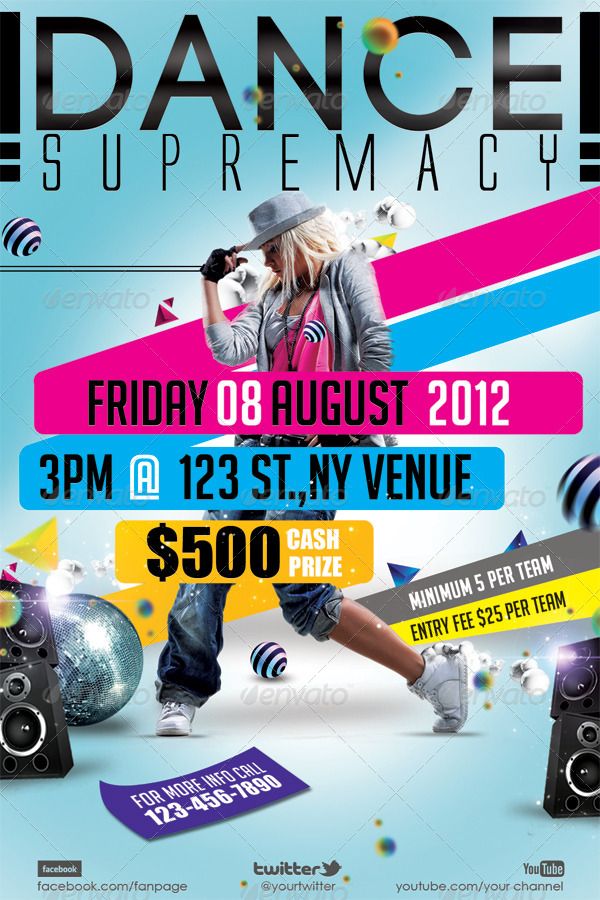 ”)
”)
If you’re interested in learning more about the street dance scene, then go to a freestyle jam! Freestyle jams are a tournament of dance battles.
Movies kind of portray what it’s like to witness a freestyle battle, but they’re nothing like experiencing one in real life.
And you can watch a series of battles at a jam. Whoa.
Not only will you get an authentic taste of battling, but you will also be introduced to the community of freestyle dancers who keep the culture alive.
Want your first freestyle jam to be awesome and know what’s going on? With Ben’s help, here’s what you should know.
How Freestyle Battles Started
In the 70’s, individuals started to battle each other because dancing was a way for them to blow off steam, prove themselves, or be accepted as members of crews in the community.
Dance saved lives. In New York, battling was a common way to settle beef.
Instead of resorting to violence and gangs, dancers had a way to sort through issues with other groups without being physically attacked.
It was a system based on skill and respect rather than brutality.
Battle culture exploded on the scene during the 70’s and 80’s in America.
Movies like Beat Street, Wild Style, and Breakin’ played a big role in exposing the street dance and battle culture to the general public.
When you think of other types of dance (like ballet or belly dance), there’s no component of battling face to face with someone else.
But when you think of street dance, your mind intuitively think of battling. Later, movies like You Got Served and Stomp The Yard reinforced this image.
As produced as they are, these movies shined a spotlight on the dance world.
Audiences and movie studios are naturally drawn to the classic story arc embedded in dance battles. The conflict, the resolution, and the victor who became a hero.
The Structures Of Battles
The rounds in a freestyle jam are organized with brackets, tournament-style.
The tournament has limited spaces, so if too many dancers register, there is a preliminary round.
This is where each dancer will freestyle in front of the judges, who choose the top 16 there.
From the prelims, the dancers (or groups of dancers) will take turns dancing in “rounds” of the battle.
This is usually around 30 seconds to a minute on the floor for each dancer.
After each of the dancers take their turn, the judges will decide on a winner (usually indicated by pointing / gesturing at the dancer they thought deserved to win the round).
The winner advances up the brackets to battle another winner from a different round.
Freestyle jams are getting more creative with how they seed battles.
Especially ones (like in Europe or Asia) where there are thousands of participants, it is inefficient to use the traditional structures for battling.
For example, there are battles where the participants are split into groups, and a judge runs their own prelim round for that group.
The dancers who make it past the prelims from each of those groups will go on to the battle with the rest of the winners.
Solo battles and team battles
A 1 versus 1 battle is when an individual dancer goes up against other individual dancers.
2v2, 3v3, 4v4… (and so on) refers to the number of people in each crew. In these battles, the crew members each have a turn in each round of the battle.
Judging is done a bit differently for team battles.
In 1v1 battles, the emphasis is on your individual skill and style.
In 2v2 and on, judges look for all this plus chemistry. They ask themselves, “Are they able to dance together? Did they come prepared as a unit? Are they having fun?”
Single style vs. All-styles battles
You may also see battles in specific styles (such as a “1v1 Locking” or “2v2 Popping”). And there are “All-Styles” and “Open Styles” battles.
The battles in specific styles are judged based on the dancer’s mastery within that style.
In an All-Styles battle, judges look for a dancer’s exhibition of at least 2 styles, as well as their ability to transition between those styles within their round.
What You Should (And Shouldn’t) Do At A Freestyle Battle
Will it be your first time attending a freestyle jam? Here are some useful tips on how to make the most of your experience!
1. Don’t just… stare
You will be blown away by the talent, creativity, and personalities at a freestyle jam.
While you definitely should watch and appreciate, staring creates a barrier between you and the community, closing off the connection that could happen if you were more casual.
“By being in that space, you’re already a part of that community.”– Ben
Just be comfortable! We’re all fans and friends.
2. Cheer!
The energy at a jam is everything. And giving props is the easiest ways to raise the vibe of the room.
“If you don’t cheer, you’re actually lowering the vibe of the room because you are contributing to the silence.”
So when you see something you like, show it! Do that hand shaky thing, “WOO!,” call out a name, moan. .. whatever way you prefer to give props.
.. whatever way you prefer to give props.
“As dancers, we’re trained to cheer for other dancers. It’s an act of acknowledgement and of celebration.”
3. Be humbled
As in any community, the freestyle community experiences a constant influx of young talent – as well as the refinement of old talent.
All this talent, your own included, should humble you.
The biggest reason freestyle battlers have been able to grow so much is because everyone knows to stay on their game.
No matter what path they took, every single dancer has lost several times. And it’s understood that anyone who has become beastly really worked to get there.
There are no shortcuts in freestyle.
“Be humbled from the get go. Your humility should be apparent.”
4. Listen to the music
“If you don’t listen to the music, then you’ll never understand the culture.”
Jams are all about the collective energy in the space and the energy is set by the music.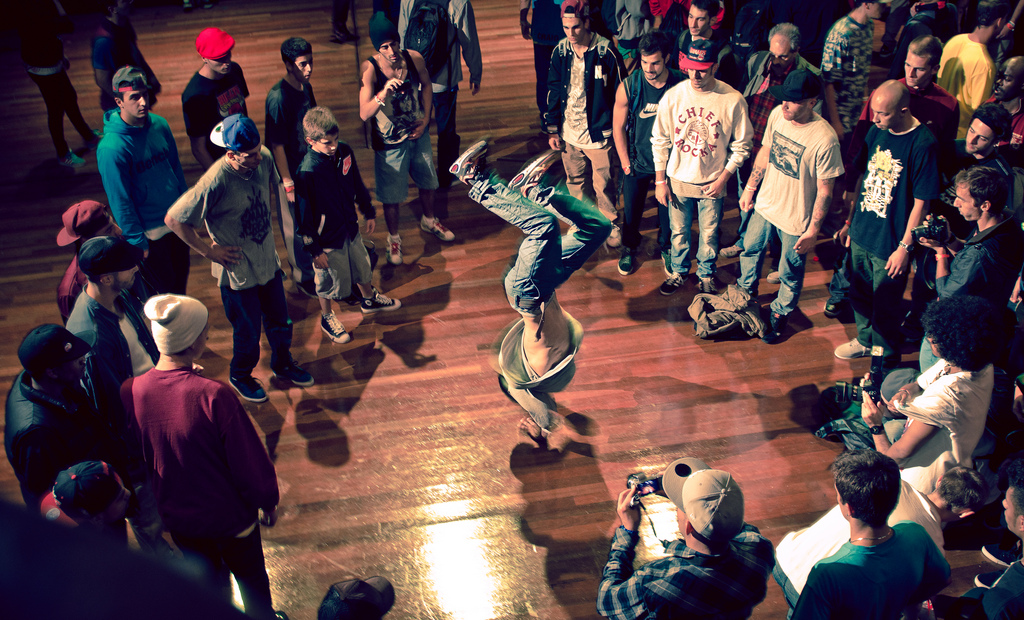
By listening to what everyone else is listening to and watching what everyone else is watching, the energy in the room multiplies.
“The aim is to reach a state of elevated consciousness. Battling unlocks a part of your brain that unites you with another. Dancing creates a message that resounds in you, in the person you’re battling, and in anyone watching. By doing so, we’re sending out the message that you don’t need violence to solve conflict. It’s in the togetherness that we figure it out.”
So be there. Be present. Be with. It all starts with something as simple as listening to the music.
5. Listen to the Emcee
The emcee is there to unite everyone at the jam.
Don’t ignore them or try to talk over them. They’re trying to get everyone to do something together – which is the exact point of the battle.
By being unified in thought and action, the event becomes a movement.
So help them help you have a good time. Being unruly at a jam is disrespectful to everyone there.
Listen to the emcee, vibe with the rest of the crowd, and become a part of the movement!
6. HAVE FUN!!!
These are a few notes to keep in mind, but the most important thing for you to do is to just have fun and appreciate the energy around you!
“The essence of battling is that no matter what issue you’re dealing with, even if it seems like one with another person, you will always find the answer within yourself. The external is just a way to visualize and express it.Although battling can be seen as a release of aggression, it’s because we never want to be aggressive. Dance is a way people transcend through their struggles, not going above or around it. It’s about appreciating those experiences and making something good from going through it.”
This individual strength becomes a collective strength. And the strength of the community is what attracts dancers all over the world to freestyle dance.
It’s what builds communities, tells stories, and starts movements.
The dance community opens its doors for anyone willing to step in.
We hope this helped you in your first steps at a freestyle jam! Huge shoutout to Ben “Smoke” Lee for helping us write this article!
What do you love most about the freestyle community? Comment below to share with us!
Need some new moves and inspiration to add to your freestyle?
Take some classes on STEEZY Studio. Sign up today to start your training!
Dance battles as a special type of competition that gives growth and development for the dancer.
Dance battle,
as special kind of competition
giving growth and development for the dancer.
Content:
1.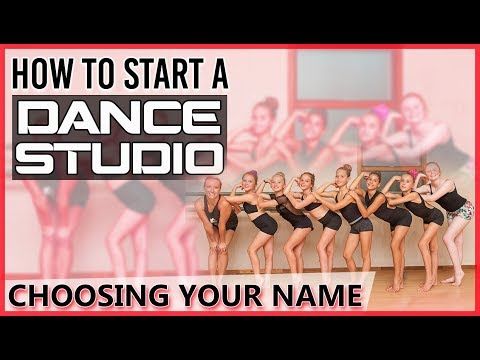 What is a battle. The history of occurrence
What is a battle. The history of occurrence
2. The order of the battles. Main regulations.
3. The importance and relevance of holding dance battles. Battle is a powerful impetus for the development of dancers.
9000 9000 9000
9000 9000 0003
Introduction
Contests and competitions between performers is an important part of modern dance culture. Estimate skill level, performance technique, ability to improvise can be special short competitions, which in the dance environment received the name "battle" (from the English "battle" - battle). Modern dance culture has brought such a phenomenon as Dance Battle (Dance battle), or simply Battle. He has become a very popular way of determining the winner among dancers, the opportunity to compare dance skills during a "live" rivalry.
Thanks to the Battle system holding championships and festivals dancers of modern styles, for example Break Dance, Hip-Hop, House… are developing very rapidly and growing every year the number of highly professional dancers who in turn add to the base his style with new movements. Why? It is the answer to this question in full least will reveal the secret of such a rapid development of modern battle styles.
Why? It is the answer to this question in full least will reveal the secret of such a rapid development of modern battle styles.
Often people who are far from the dance world or parents of children who have just started to study, do not understand why they need participation in battles and competitions for their children. But after the first such experience comes the realization of the importance of such events for the professional dance growth. The essence of participation in such events is to get an objective assessment of their achievements. They say, "in a dispute is born truth", and during the battle, the true strengths and weaknesses are revealed participants, there is an understanding in which direction it is worth developing and what moments to improve. In your dance group, a child or an adult is in a kind of comfort zone and at some point may stop objectively assess their capabilities. During the battle, the level is clearly visible preparation, emancipation, artistry, the ability to improvise. Therefore participation in dance competitions and battles - this is an obligatory stage of development and growth of dancers, and a kind of test.
Therefore participation in dance competitions and battles - this is an obligatory stage of development and growth of dancers, and a kind of test.
Participation in competitions, among other things, develops team spirit, accustoms to discipline and self-discipline. Show
heads of choreographic circles and studios one of the options for permission conflict through dance activity.
Tasks:
- mastering dance and psychological exercises that contribute to the formation of children's desire for healthy competition, support and mutual assistance;
- education of the ability to empathize what is happening;
- development of motor imagination and self-expression;
- improved well-being with interaction;
- the formation of diligence, patience, team communication skills.
003
1.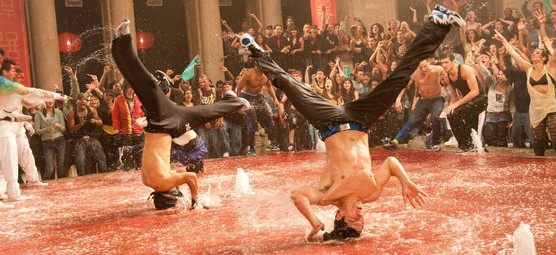 What is a battle. History of occurrence.
What is a battle. History of occurrence.
Dance battle (from English "battle" - battle) is a special kind competition, during which participants take turns improvising on one dance floor. Battles mean dance battles, competitions, which pass as one on one between two dancers, or pairs of dancers, and between teams, dance groups or studios. Members apply or register to participate in such competitions on your own or with the help of your choreographer.
Improvisation is the main difference battle from any other dance competition. For a battle be sure to invite a DJ who performs tracks in random order and the dancer, going out to dance, does not know what the musical accompaniment will be. Usually, the performance time of one participant lasts from 30 seconds to 3 minutes and for this time he must have time to demonstrate mastery of various techniques, the ability to correctly build a composition, show their originality and skill.
The practice of conducting battles more degree refers to the dances of the street subculture - hip-hop, break, locking and many other modern trends.
It all started not with break dancing, but with African tribal dances. On the southern mainland several centuries ago Thousands of tribes coexisted, which periodically had to solve urgent problems. geopolitical issues: the places of hunting and residence were divided. After bloody and cruel savage wars in the composition of the communities remained too few people for further offensives. The Papuans decided to sort things out without blood. They gathered in neutral territory and competed in agility (dance) and crafts. The winner was determined by representatives of other tribes. AT as a reward, the land was occupied for one year, after which the ancient "battle" was held again.
The tradition was revived by black dancers in the first half of the XX century. In those days, the predecessors of breakdancing were gaining popularity. - fast jazz and tap. Clubs began to invite the best dancers to their stage, for which the latter received little money. The work was prestigious and classy, there were a lot of dancers, but not so many clubs.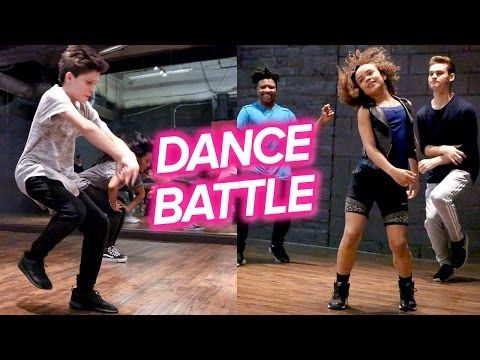 Battles arose as a way deciding who this time to go on stage and earn money. Absolutely anyone familiar with the basics of dance could call on duel of any dancer and announce it to the owner of the club who provided platform. If the newcomer managed to force out the permanent resident, then he got the place of an opponent in the ranks of the club. "Grandfather" at the same time went to catch good luck elsewhere. The winner of the battle was determined by the audience, but now everyone more often this duty is given to the leader, who, however, as a jury uses viewers.
Battles arose as a way deciding who this time to go on stage and earn money. Absolutely anyone familiar with the basics of dance could call on duel of any dancer and announce it to the owner of the club who provided platform. If the newcomer managed to force out the permanent resident, then he got the place of an opponent in the ranks of the club. "Grandfather" at the same time went to catch good luck elsewhere. The winner of the battle was determined by the audience, but now everyone more often this duty is given to the leader, who, however, as a jury uses viewers.
Battles among breakdancers have begun almost immediately with the advent of the dance itself - in the early 70s. For that time of the battle went beyond the original goal - making money. In the format battles were held almost all street championships.
Battle culture in more related to street dancing - Hip-Hop, Break dance, House, Krump, Popping, etc. - and originated in the West when street nuggets and talents won their right to a social position in society and recognition potential. The so-called street showdowns have gone in a different direction dance rivalry. In addition to single battles, the popularity of use "dvushki" and "treshki".
The so-called street showdowns have gone in a different direction dance rivalry. In addition to single battles, the popularity of use "dvushki" and "treshki".
Subsequently developed also jams as an even more peaceful form of self-expression. Members sit or become in a circle, and then in turn randomly go to the center and show their skill and style. Now jams take place in breaks for competitions, championships and battles. As well as a training tool and entertainment in dance circles.
2. Order of battles. Main regulations.
The essence of the battle is in that each of the participating parties takes turns improvising (usually from 30 sec), trying to "dance" the opponent in skill and talent. One of the basic rules of battles - you can not touch each other. The winner is determined qualified judges.
So, spectators and participants are needed for the battle, that is dance audience. When the required number of dancers is gathered, you can start the fight. During the competition, the battlers try to show everything they can capable, all their skill, all their tricks and chips, thus "earning" a rating. All real relationships of the participants are shown in competition. It can be hostility, then the battle is hostile, which creates a warmer atmosphere. And if the battlers are friends, then they can "play" this contest, ironically depicting a fierce rivalry. Loud shouts, whistles and applause express the sympathy of the audience and determine winners after several rounds.
When the required number of dancers is gathered, you can start the fight. During the competition, the battlers try to show everything they can capable, all their skill, all their tricks and chips, thus "earning" a rating. All real relationships of the participants are shown in competition. It can be hostility, then the battle is hostile, which creates a warmer atmosphere. And if the battlers are friends, then they can "play" this contest, ironically depicting a fierce rivalry. Loud shouts, whistles and applause express the sympathy of the audience and determine winners after several rounds.
Dancer (team) fights not with all opponents at the same time, but with one opponent (two or three if the battles take place according to the ProM system in several angles). And since battle goes 1x1, then the concept of "STRATEGY" appears in the battle dance style - the way a dancer (team) is able to lead a battle, to keep the initiative. Developing the concept of "SUPPLY" - how a dancer knows how to present himself, his style, how it can interest judges and spectators, how a dancer can, to the maximum degree to present your material and skills.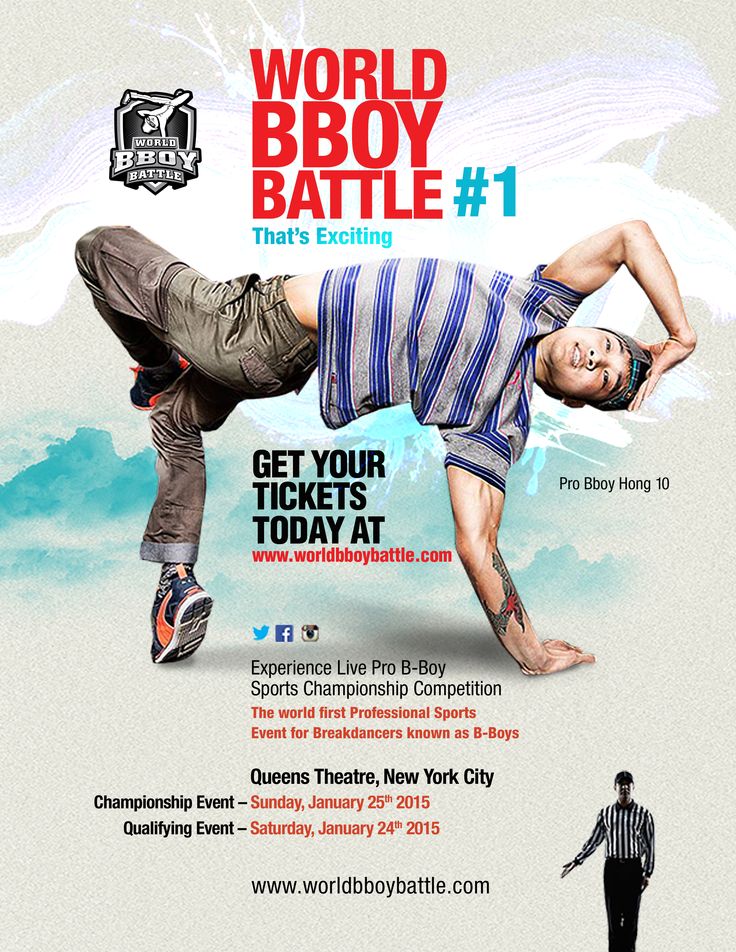
Battle style dancers pay great attention to improvisation, tk. Dance Battles are accompanied by A DJ who plays his sets in real time for the participants, and not pre-planned music by the dancers. Those. Battle participant does not know under what track will he dance, and, therefore, on the dance floor itself you have to improvise, break and remake a bunch, or even invent something new on the go, falling into the beats and accents of the accompanying output track. A dancer who does not know how to improvise will not be able to win a battle of high level!!!
Dance Evaluation Criteria Battle which are guided by judges around the world.
For half a century of history dance battles there were objective judging criteria:
• Musicality – the ability of a dancer to feel the music, to beat it, to improvise.
• Purity performance - the technique of performing dance and power elements.
• Originality - the style of the dancer, his originality, how he differs from the rest, his individuality, how interesting the dance is built and, most importantly, how its elements or the style of their implementation are original.
• Supply - Effectiveness, facial expressions, confidence and experience.
• Complexity is what how physically complex the elements performed by the dancer are.
• Literacy building an exit - the appearance, ending, transitions between combinations.
SOLO BATTLE 1v1 A VERY IMPORTANT CRITERION IS THE DIVERSITY OF THE DANCER – I.E. NOT EASY WHAT STYLES, ELEMENTS, BASES, ETC. DOES THE DANCER DO IT, WHAT IS IT UNIVERSAL IN ALL DIRECTIONS OF STYLE, DOES THE DANCER REPEAT IN HIS OUTPUTS OR NOT.
Although criteria for judging have been developed in battles, quite often dancers and spectators do not agree with the decision of the judge, but all because each member of the Jury chooses for himself the priority of this or that other criterion. In other words, for one judge, the cleanliness of the execution will be more important than originality, or musicality, for another, complexity and presentation the most important criteria, and the third considers literacy a priority output construction.
DANCE RULES BATTLE:
Each in turn dances for a certain time (indefinite time in the style of Break Dance) - from 30 seconds or more, depending on the battle format. In addition to dancing, some irony over an opponent, "mocking" him.
THE MAIN TWO RULES:
- no touching friend, even though a battle is a battle, a battle, but this is a dance battle, and weapons here are style, musicality, originality and skills and in no way fists;
- must not be violated sequence, in the battle, the rivals do not dance at the same time, first one must show what he is capable of, and then the opponent must answer him, depending depending on the format of the context, the battle can go on for several rounds.
Battle Ten Commandments from the iconic Break Dance Rock Steady Crew:
• Don't sleep!
• -Never show all your "arsenal" of movements
• -Never make movements that are not yet perfected
• -Not use multiple exits at once
• -Never repeat the movements of the opponent (the only exception is when the repetition of movements the enemy is complemented by a spectacular ending)
• -Less words, more focused
• -Battle it is not the movement that wins, but the thought
• -If this is a battle - you need to make it known by acting on the unconscious
• -Keep your eye on the prize! (Do not fix your eyes on underfoot)
• -You need to be able to accept defeat (in order to draw conclusions from the "work on the mistakes").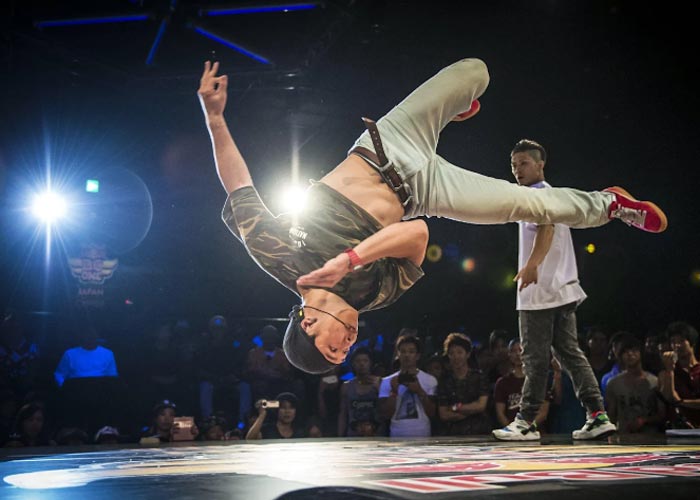
dance battles. Battle is a powerful impetus for the development of dancers.
Dance battle practice, useful and relevant to apply in any dance group. We often We are faced with such a problem as the definition of the soloist of the team. Educational, appointed by you are sometimes subjected to negative attitudes from peers. They consider themselves or anyone else more worthy, possessing the same dance and artistic data.
To resolve this conflict, you can choose the most effective form of training for children - a dance battle. He gives the opportunity to see the relationship within the group, the ability of children to discuss and solve assigned tasks. Dance battle helps to identify the position of the guys in a collective; students who are ready to take on the functions of the organizer; decide conflict situation. During the battle reveals both the individual abilities of children, and the characteristics of everything team.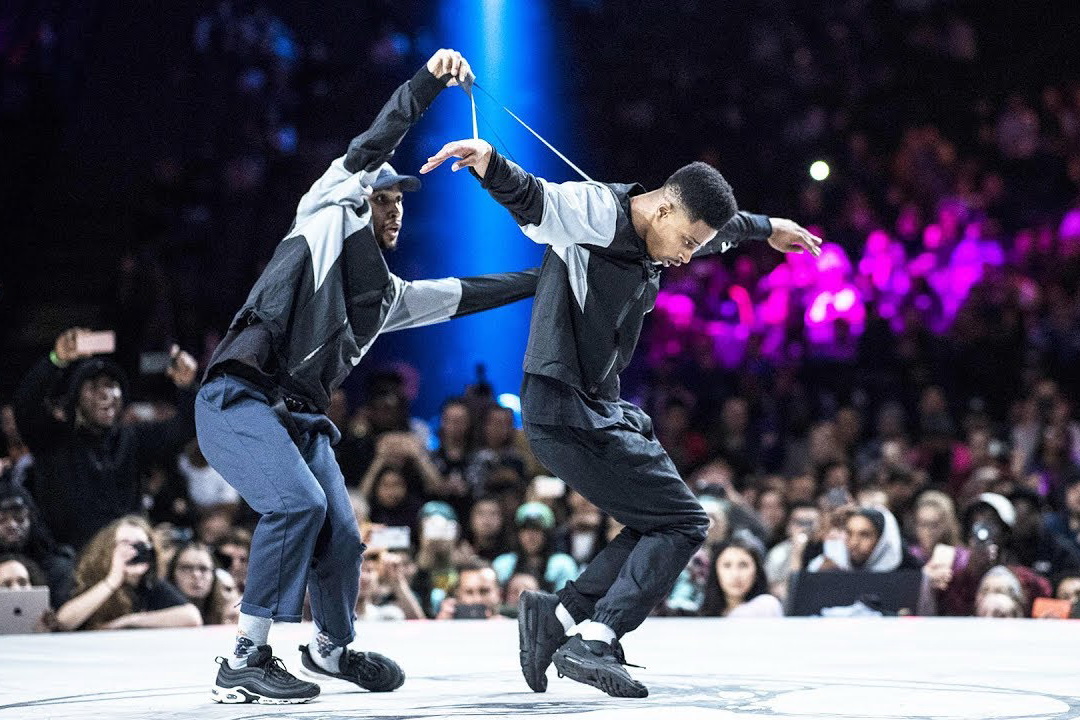
Dance Battle interesting primarily for the intensity of passions, emotions, tension and spirit rivalry, because this is a fight (albeit contactless), a duel between dancers, in which there is one winner and one loser. Many academic dancers and critics are of the opinion that there is no art is a sport, comparing a team battle with a football match, and solo battles with boxing matches, and there is some truth in this. Thanks to the fact that there is an element of rivalry in battle dance styles, as in big sports, dancers of these styles are constantly improving themselves, your skills, your style, to be the first, to be the best and prove it in battle, developing and "pumping" yourself and your style with every workout!!!
Tips, choice of direction, motivation
Lifehacks
A. Lavrova10/03/2015Last update 07/29/2019
3 min read
"It would be great to master this art too!" - this thought did not leave many of us when looking at professional dancers.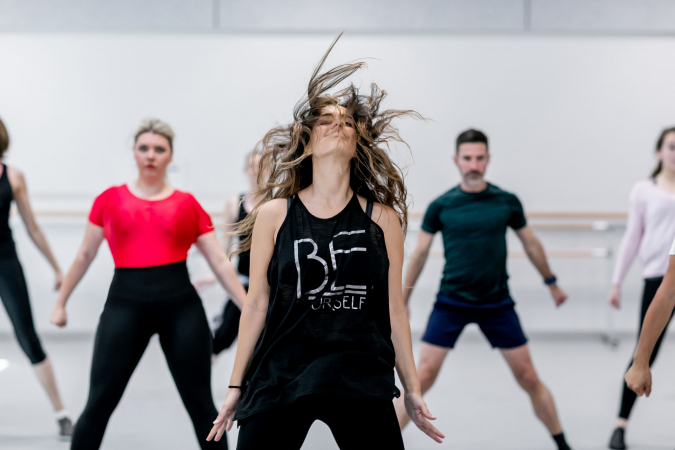 To learn how to move beautifully and gracefully, to skillfully control your body, to express emotions without words - many people dreamed in the language of movements. Everyone was stopped by prejudice: “ Dancing is something to do from childhood.” Actually it is not! Believe me, your path to fulfilling your dreams can be completed in just five steps!
To learn how to move beautifully and gracefully, to skillfully control your body, to express emotions without words - many people dreamed in the language of movements. Everyone was stopped by prejudice: “ Dancing is something to do from childhood.” Actually it is not! Believe me, your path to fulfilling your dreams can be completed in just five steps!
-
Content
- 1 want to dance
- 2 believe in yourself
- 3 Select dance direction
want to dance
No matter how strange it may sound, but if you feel a real desire to practice, you are already at the beginning of the path. Aspiration is the main thing that helps to overcome obstacles. It is important to understand why you want to take up dancing, how it will change your life and what benefits it will bring to you. Someone needs to become more self-confident and tighten their figure, someone is looking for new acquaintances, someone dreams of becoming a dance floor star, someone just wants to find a pleasant hobby .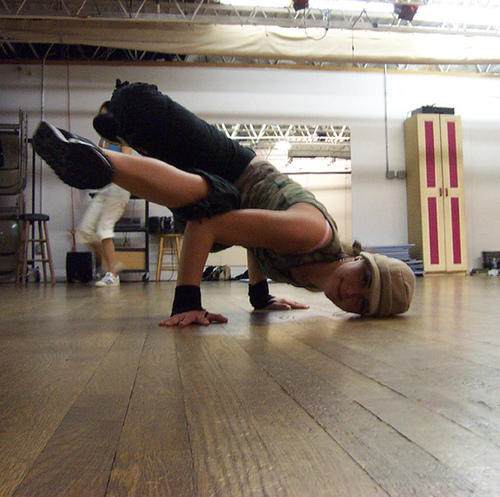 .. All this can be a great incentive!
.. All this can be a great incentive!
-
believe in yourself
It also happens that there is a desire, but complexes, self-doubt prevent you from moving forward. “I’m too fat, how will others look at me ...” “I’m so clumsy, I won’t succeed ...” “I stepped on everyone’s feet at the prom, dancing is not my thing ...” In fact, you can look at it from the other side. A new hobby can also be an occasion to finally overcome your fears, learn how to cope with them. In the end, there's nothing stopping you from just trying. And then, look, and get involved!
-
Choose dance direction
Nowadays, there are so many different dance styles that both a connoisseur of timeless classics and a restless lover of experiments can find something to their liking. We list here the main dance styles in order to make it easier for you to navigate this issue.
- Sports ballroom dancing
Perhaps the most popular style of pair dancing. In addition, one of the few that belong to the field of professional sports. They are divided into 2 programs: graceful European dances (waltzes, foxtrot, quickstep, tango) and incendiary Latin American dances (cha-cha-cha, rumba, samba, paso doble).
In addition, one of the few that belong to the field of professional sports. They are divided into 2 programs: graceful European dances (waltzes, foxtrot, quickstep, tango) and incendiary Latin American dances (cha-cha-cha, rumba, samba, paso doble). - Argentine tango
A poignant emotional dance of love and passion. Great for couples who want to add sensuality to their relationship. But it can also help to make new acquaintances, because the Argentine tango is a social dance, that is, intended primarily for communication, the exchange of emotions. By the way, for fans of this direction, special dance parties are held - milongas. They are quite popular in Moscow, so you will have a place to apply your new skills.
- Flamenco
Traditional Spanish dance. Although, by the way, it is he who has recently attracted the interest of innovators, since it is perfect for introducing new elements, improvisation. One of the most mysterious and passionate dances.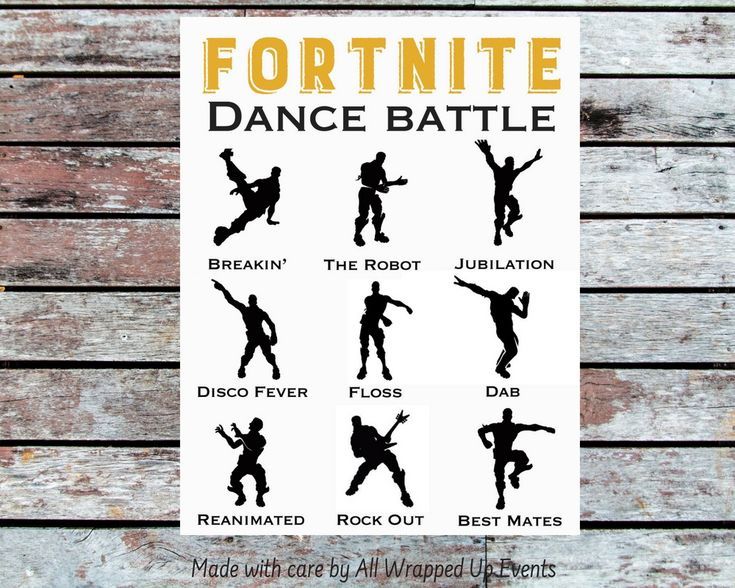 It combines both sharpness and expressiveness, as well as gentle smoothness of movements. You can do both in pairs and one at a time; both women and men.
It combines both sharpness and expressiveness, as well as gentle smoothness of movements. You can do both in pairs and one at a time; both women and men.
- Lady dance / strip plastic
Two close directions of erotic female dance. They differ in that strip plastic involves more acrobatic elements and movements on the floor than lady dance. However, both styles are predominantly feminine, and help the fair sex to develop grace and sexuality. By the way, such dances are considered one of the most energy-intensive, so those who decide to do them will also be able to acquire a slender figure. - Historical dances
Will help you to go back to the romantic world of the past, where you can feel like a brave knight or lady of his heart. Simple in execution, but at the same time include a lot of playful emotional elements. Those who are especially interested in these dances will be able to use their skills at a real ball - such events have recently been gaining popularity in cities, including Moscow.
- Contemporary
An actively developing area of modern choreography. Includes elements of both western dance and oriental movement art. The basis is improvisation. The second name of this direction is "intellectual dance", because the main thing in contemporary is physical and emotional self-expression, self-disclosure, knowledge of one's body. So it's not just a dance, it's a whole philosophy of life.
- Hustle
A very simple and widely known pair dance based on improvisation and the technique of interaction with a partner. You can dance it to a variety of music. You can show your skills on any platform. And even better - at one of the Hustle Open Airs, which are regularly held in Gorky Park on the Moskva River embankment and are very popular.
- Oriental dances
Combination of deep sensuality and southern exoticism. They help women discover new talents in themselves and learn to love their bodies.




